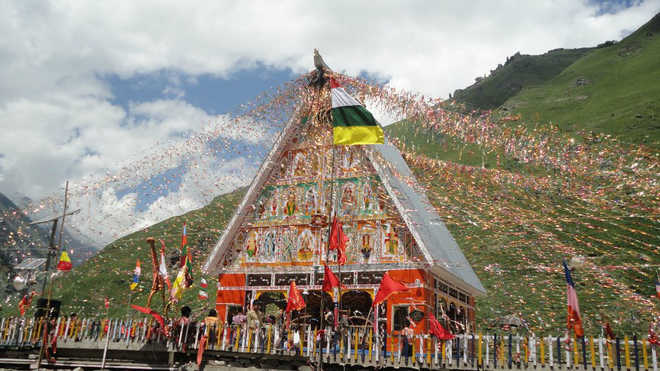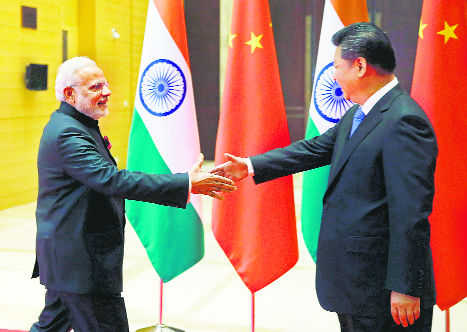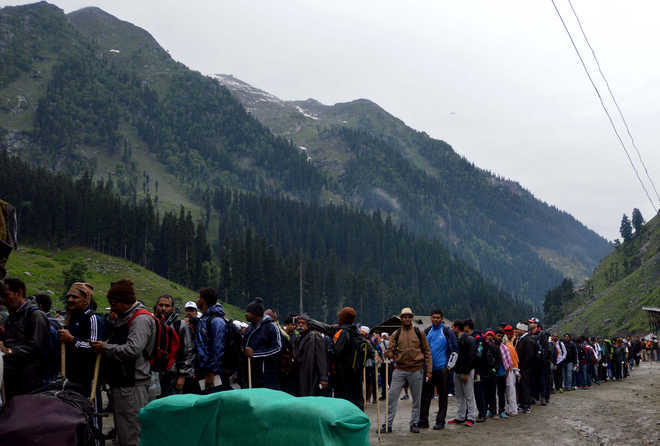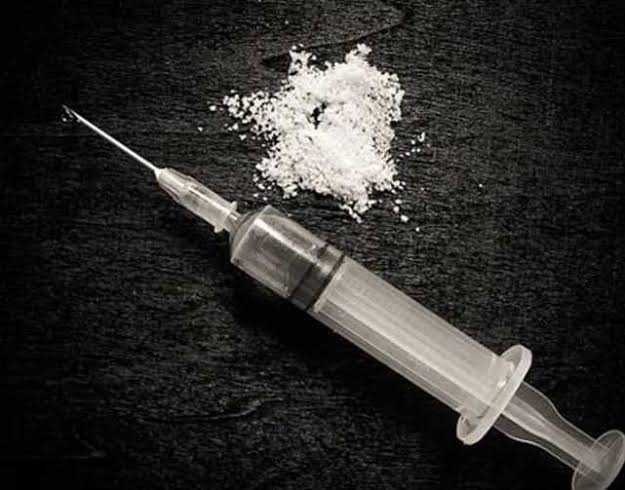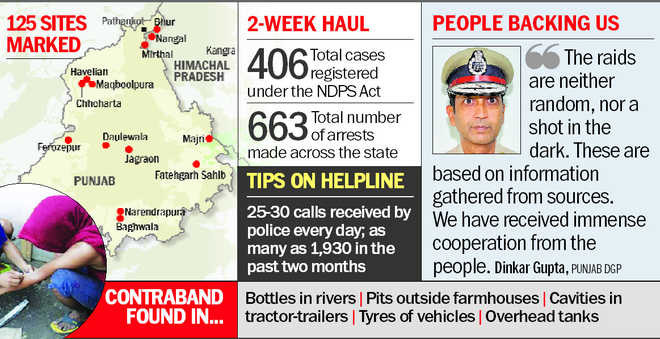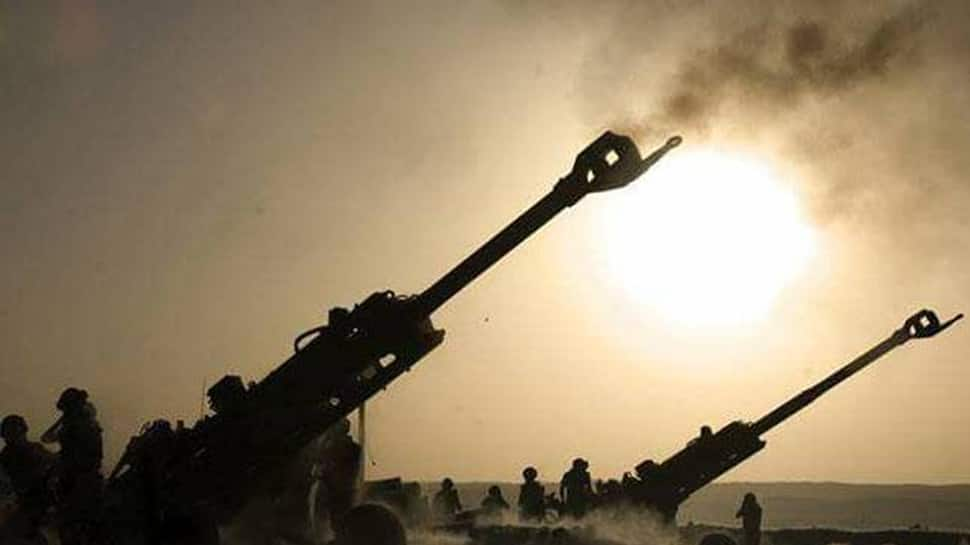While a final call is yet to be taken on ARTRAC’s new location, the proposed structural changes in the training command are currently being finalised.
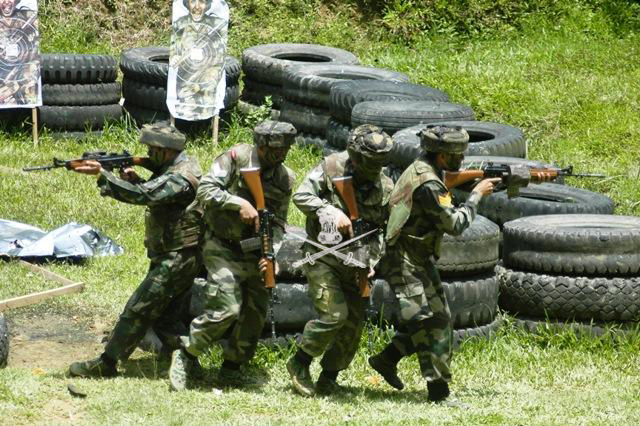
New Delhi: The Army Training Command (ARTRAC) in Shimla, Himachal Pradesh, is set to undergo several structural changes, including creation of two different training wings and a separate validation wing for approving training standards, besides a possible location change, ThePrint has learnt.
Set up on the lines of the US Army Training and Doctrine Command, the ARTRAC is one of the seven commands of the Indian Army tasked with formulating training modules, disseminating doctrines of warfare in the “fields of strategy, operational art, tactics, logistics, training and human resource development”.
According to top Army sources, while a final call is yet to be taken on the new location of the ARTRAC, which is likely to be in Meerut, Uttar Pradesh, the proposed structural changes in the training command are currently being finalised.
DGMT likely to be merged with ARTRAC
The proposed changes also feature merging the Directorate General of Military Training (DGMT) into the ARTRAC — as both have similar functions.
The DGMT, currently, is responsible for the execution of training plans for operations as well as for joint training.
The changes also involve creation of two separate training wings in ARTRAC, as against one that currently exists, a well-placed source told ThePrint.
The first training wing would be tasked with training officers after being commissioned into the Army such as joint training-related courses with foreign Armies or the ones with the Indian Air Force or the Navy. The second training wing, meanwhile, would be focused on pre-commission training and training of recruits in regimental centres and professional military education.
A new validation wing is also likely to be set up, which will advise General Officer Commanding in Chief of ARTRAC on validation of field formations, and Category A and Category B training institutions.
Category A training includes training conducted in Indian Military Academy, while Category B refers to those conducted in regimental centres, among others.
Two separate wings on coordination and administration also feature in the proposed restructuring plan of ARTRAC.
Other existing wings in ARTRAC such as the ones for studying and preparing various warfare doctrines, and for studies and research on foreign militaries and their training modules will continue to exist.
Also read: The 3 major reforms for Indian Army restructuring and what they will mean for the force
Greater synergy in ARTRAC
A separate vertical under ARTRAC will be located at Army headquarters for planning and approval of major proposals, while sports activities will be separated from training and put under under the deputy chief IS&T (Information Systems and Training).
Over 100 officers will be posted at the ARTRAC, a second source said, adding that the idea is to bring more synergy into the functioning of ARTRAC. Each vertical will be headed by a Major General-rank officer, including the new ones that are likely to come up.
Last month, confusion about the shifting of ARTRAC from Shimla had cropped up after Minister of State for Defence Shripad Naik responded with a categorical “No, Sir” in the Rajya Sabha to a question on whether the government had decided on relocating ARTRAC from Shimla to Meerut.
The first senior Army official quoted above, however, said that the general consensus about ARTRAC’s new location is Meerut, even though the formal proposal is yet to be finalised.
ThePrint had earlier reported that the plan to shift ARTRAC out of Shimla was being opposed vehemently by politicians and retired army officers in Himachal Pradesh, who questioned the rationale of shifting ARTRAC out of Shimla.
In an opinion piece written for ThePrint earlier this month, retired Army officer Lt General HS Panag had even listed out the various problems that ATRAC is grappling with, including lack of research scholars, a need to place the Recruitment Directorate under the ARTRAC and a lack of validation of training standards and professional military education, among others.
The defence ministry had this week approved three major reforms for the Army headquarters.
However, sources say that unless the restructuring is approved in totality, it won’t be possible to implement the restructuring plan at all. The proposed restructuring of Army headquarters came on the recommendations of the Army itself.
AP■ Military planes fly above a statue of Vladimir Lenin during a recent parade rehearsal in St. Petersburg, Russia.











